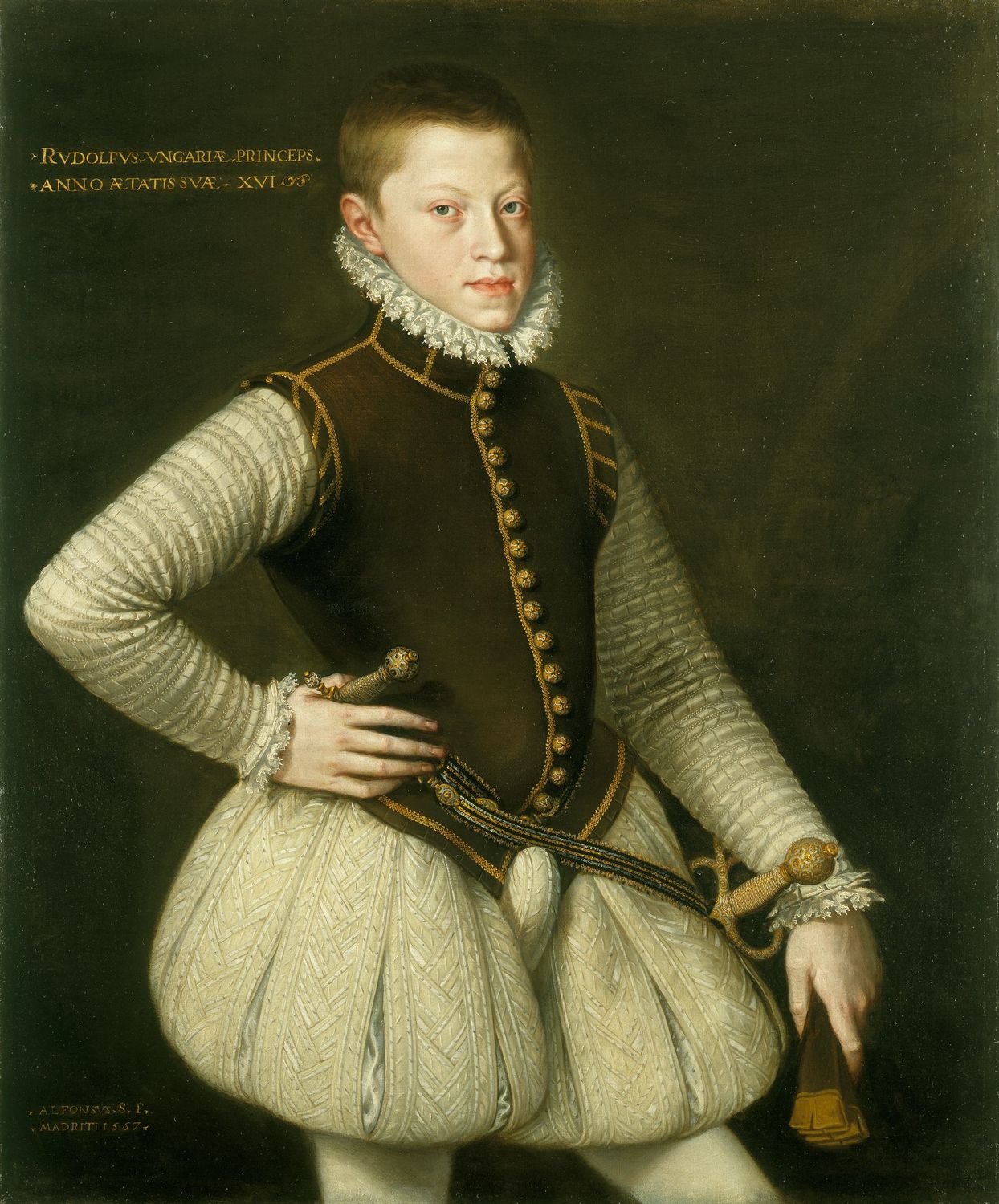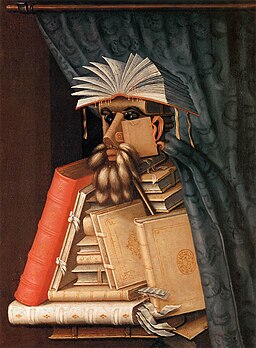Because you can’t write about John Dee for very long without addressing the Voynich Manuscript, the “book nobody can read”.

In an early draft of the novel I had Edward Kelley stumble across this strange tome in Mortlake’s library, but I ended up cutting that scene because Dee likely never owned it. Bursting further myths, he didn’t create it either – it’s carbon dated to the early 15th century, well over a hundred years before Dee’s time. Nonetheless as a mathematician and steganographer he certainly would have found it interesting. Hell, I find it interesting and I’m just an ordinary schlub.
The manuscript got its popular name from Wilfred Voynich, the bookseller who purchased it in 1912. Before that it passed through many hands and it’s origin is unclear. It currently resides in the Beinecke Rare Book and Manuscript Library at Yale, and is available for viewing by appointment only (though they did loan it for an exhibit in DC, see below).
It has a bit of everything, from apparent star charts to plants to segmented pipes or containers to swimming naked ladies. And of course, lots of indecipherable text (available as a TrueType font, if you’re so inclined).
As such, speculation on what the text might be and by extension what the book is about runs rampant. CipherMysteries.com provides a rundown of the most popular theories, which include everything from blatant hoaxing to alien tech. Certainly it seems to have elements of astrology, herbals, and possibly alchemical recipe books (all those pipes), but doesn’t resemble any of these exclusively.
Decryption obsesses many – even the NSA (PDF) took a crack at it. In 2014 Stephan Bax at the University of Bedfordshire in England deciphered ten words for plants and an astrological sign. Just last week Gordon Rugg of the University of Keele declared it a hoax; other parties disagree.
I was fortunate enough to see the real deal when it was on display in the Folger Library’s Decoding the Renaissance exhibit. Somehow I thought the fuel for so much speculation would be bigger – it’s about the size of a modern hardcover novel. The vellum shows few erasures, so someone understood the strange text well enough to write it with few mistakes. The colors are still vivid even after ~600 years, but the illustrations seem hasty and awkward, particularly the human figures.
My own take is… I don’t know what to think. I’m no cryptographer so I’m not competent to judge the plausibility of the various theories (though I’m pretty sure aliens didn’t write it). If it’s a hoax it’s a good one to fascinate so many for so long. If it’s a code I have to wonder what the author(s) were hiding. In any case, someone went to a lot of time and trouble to create it. Again, the real story is about people and their motives and perceptions.
Current research and the upcoming publication of 898 “clone” manuscripts going for $8000 each (and a Yale University Press edition priced for us ordinary mortals) should keep the Voynich Manuscript in the news (well, the news I read) and send researchers down the rabbit hole for years to come. Me, I’ll just peruse Yale’s scans and consider the fiction fodder.






